Day 15 (February 7, 2019)
Honai, Ehime → Mitsukue, Ehime
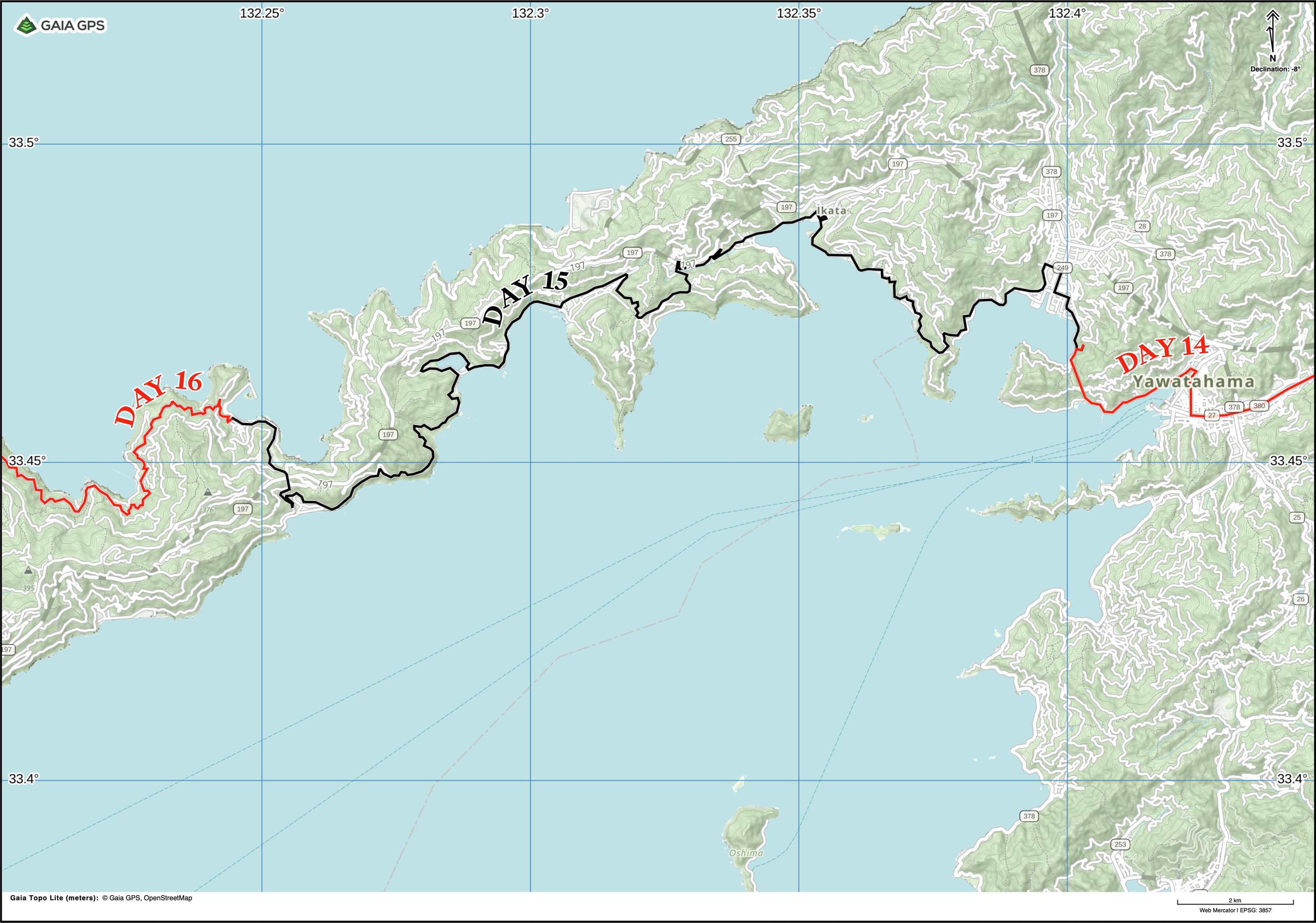
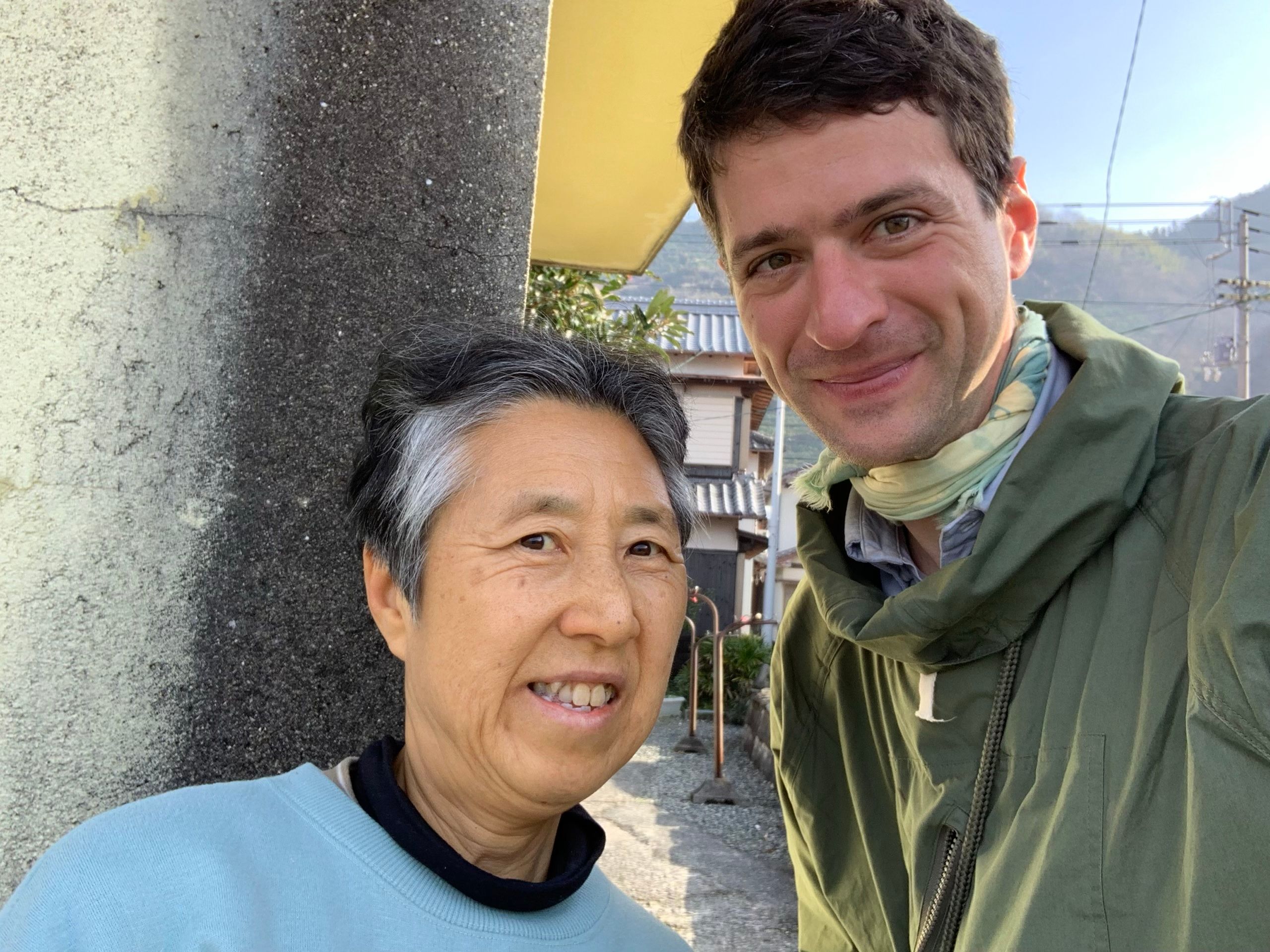
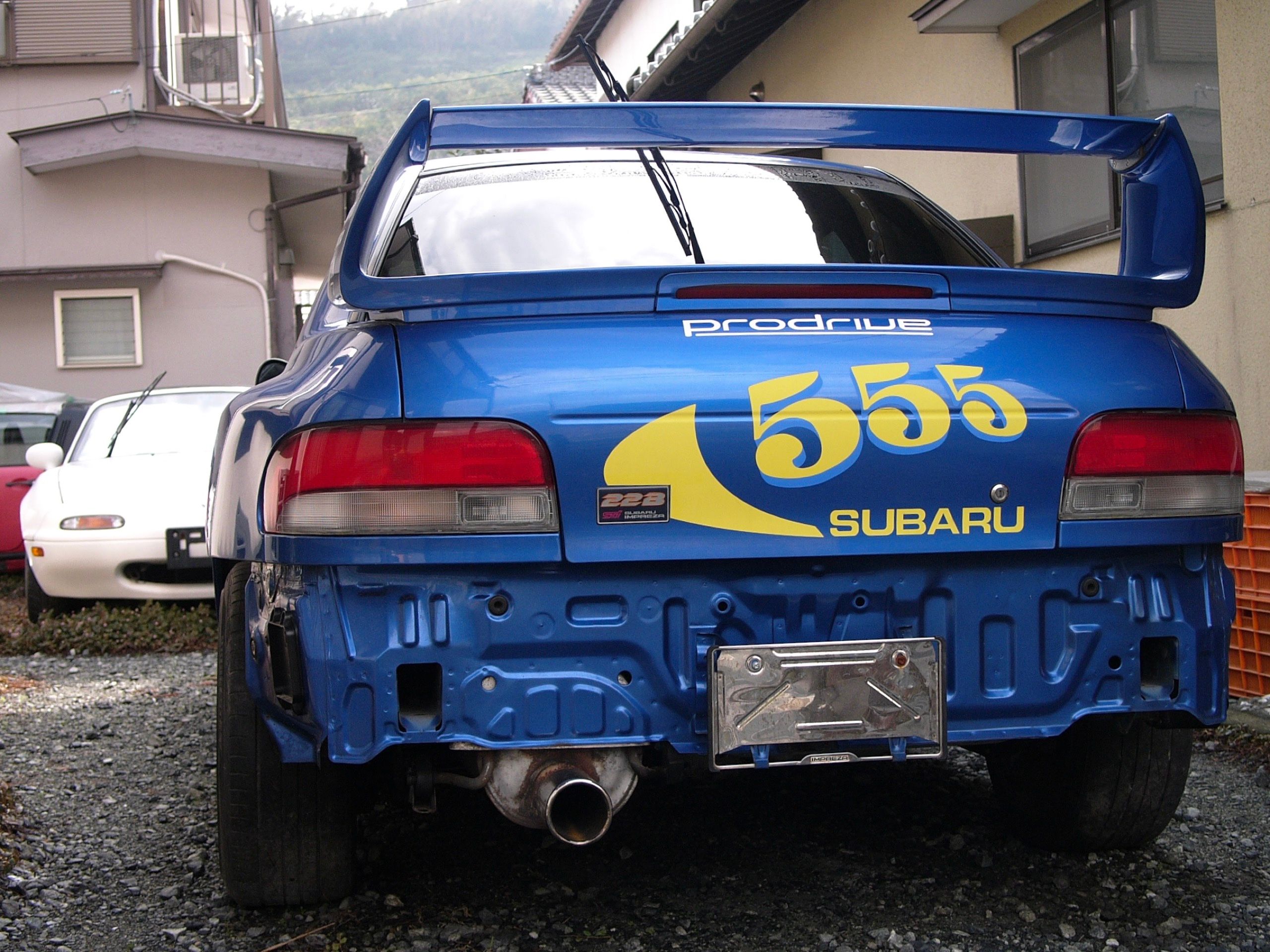
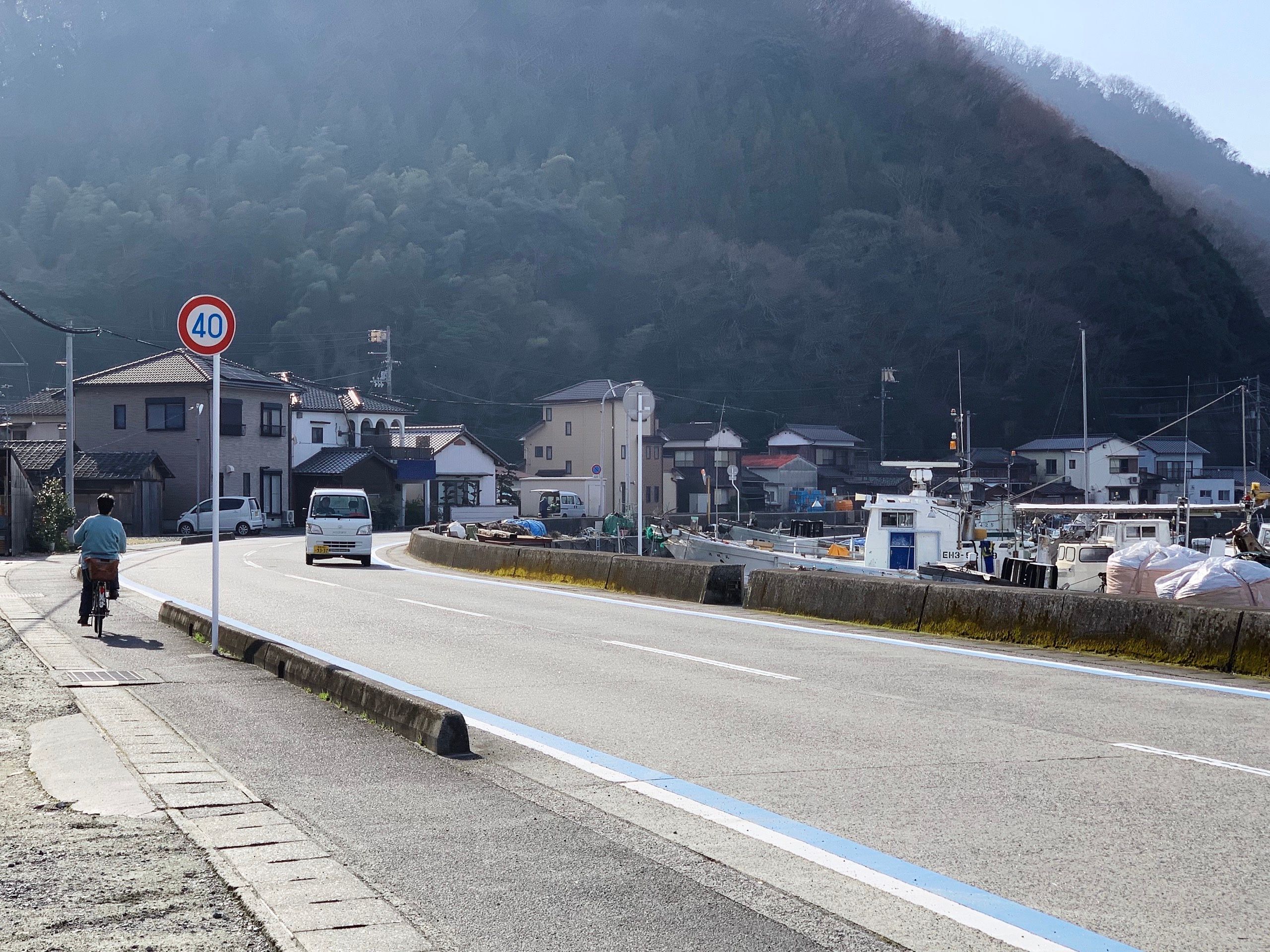
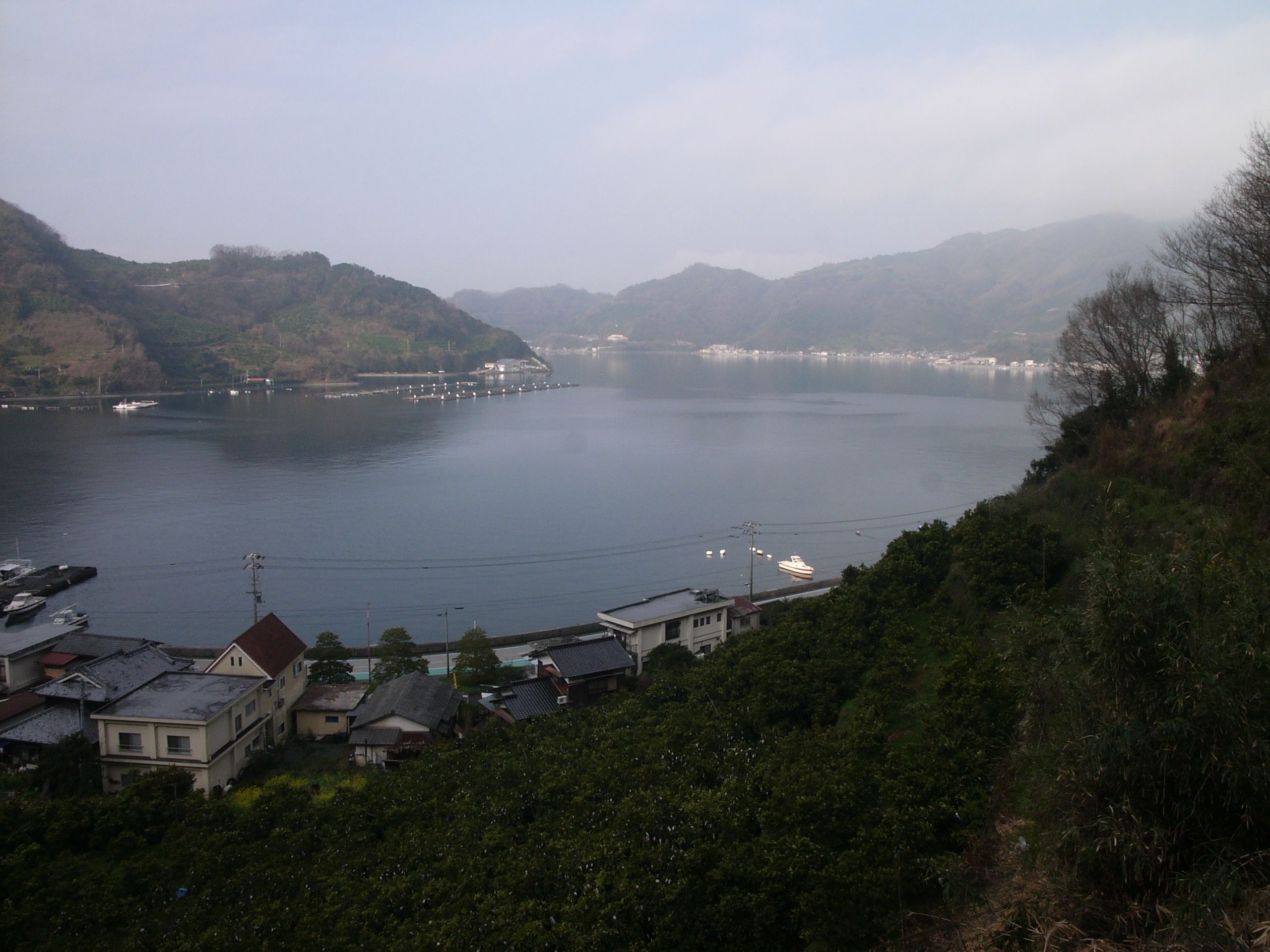
“Many families left for America before the war,” she said, “because this area had been very remote and poor.” We stood by the shore in the silver light of Honai, the fishing boats long out to sea. “When they came back, in the 1970s, they brought their children and their English, so don’t be surprised if you hear some very good English,” she said, in very good English. “I’m a city woman now, but when I come back to cook for my parents, I no longer am.” Off she cycled for fish, and off I walked to speak some very good English with the villagers.
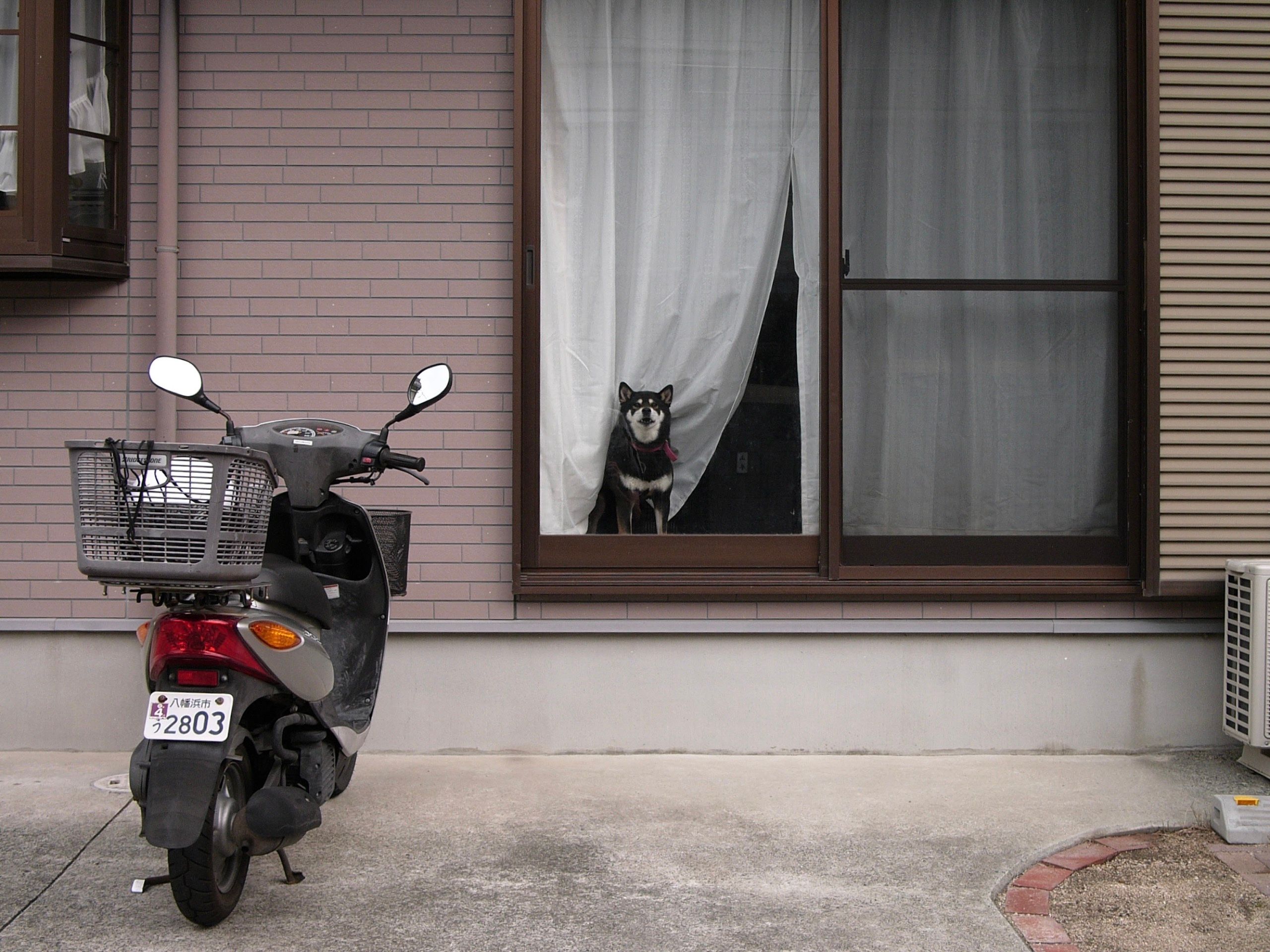
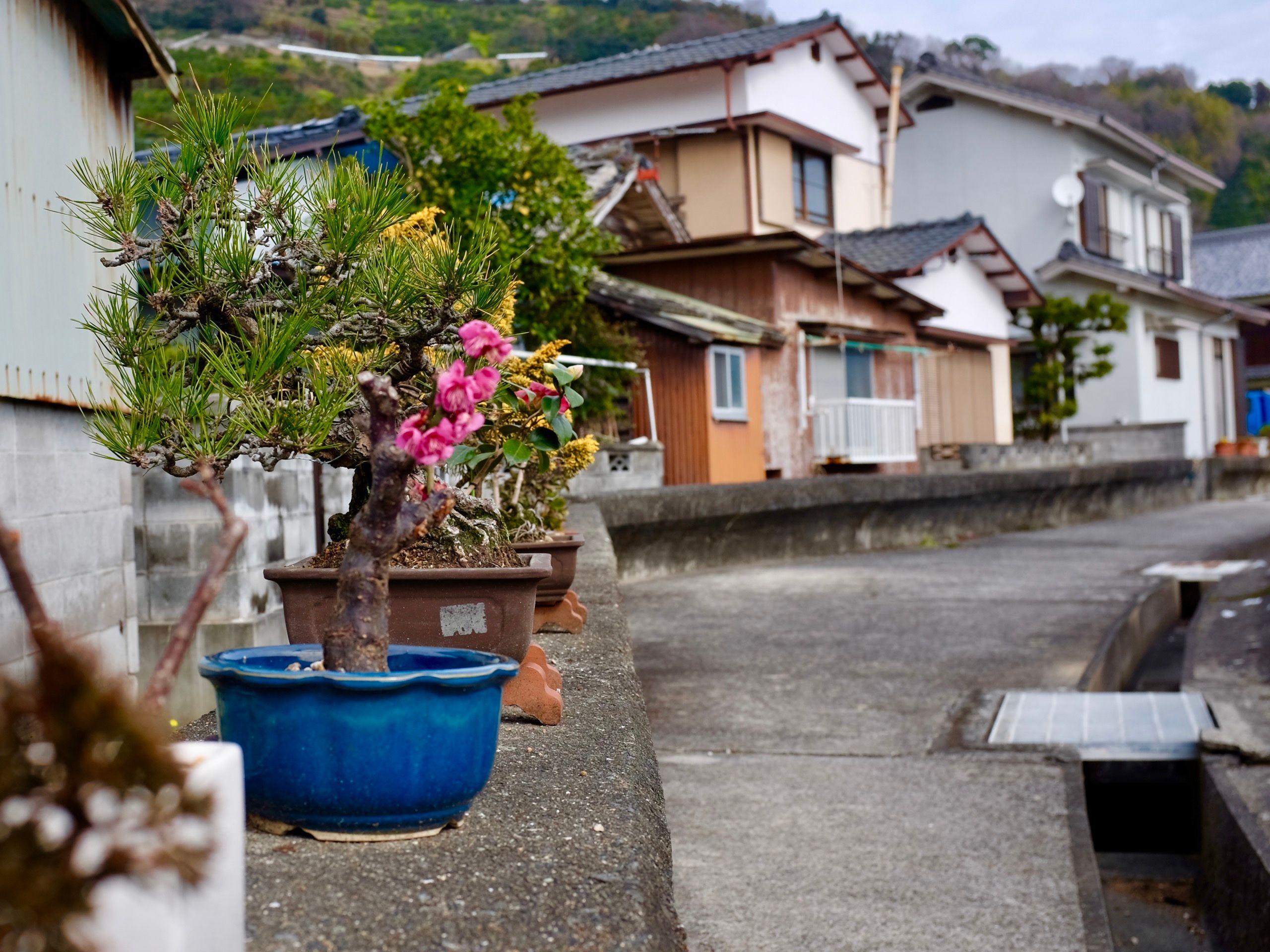
When you walk in rural Japan, you walk to the rhythm of loudspeakers greeting the morning and the end of the working day, times and songs changing as you move across the land. A noon song is sometimes also played, and this is how I came to walk out of Honai and into the rolling, endless hills of the Sadamisaki Peninsula to the tune of Beethoven’s Symphony No. 9. Yes, dear loudspeakers, dear English-speaking villagers, dear heart-stoppingly beautiful and waning Shikoku, the ghost of a European was now followed by another European ghost, carrying a European ham sandwich and a Karuizawa pale ale in his rucksack…
…for a lunch which would not be complete without a foraged orange.
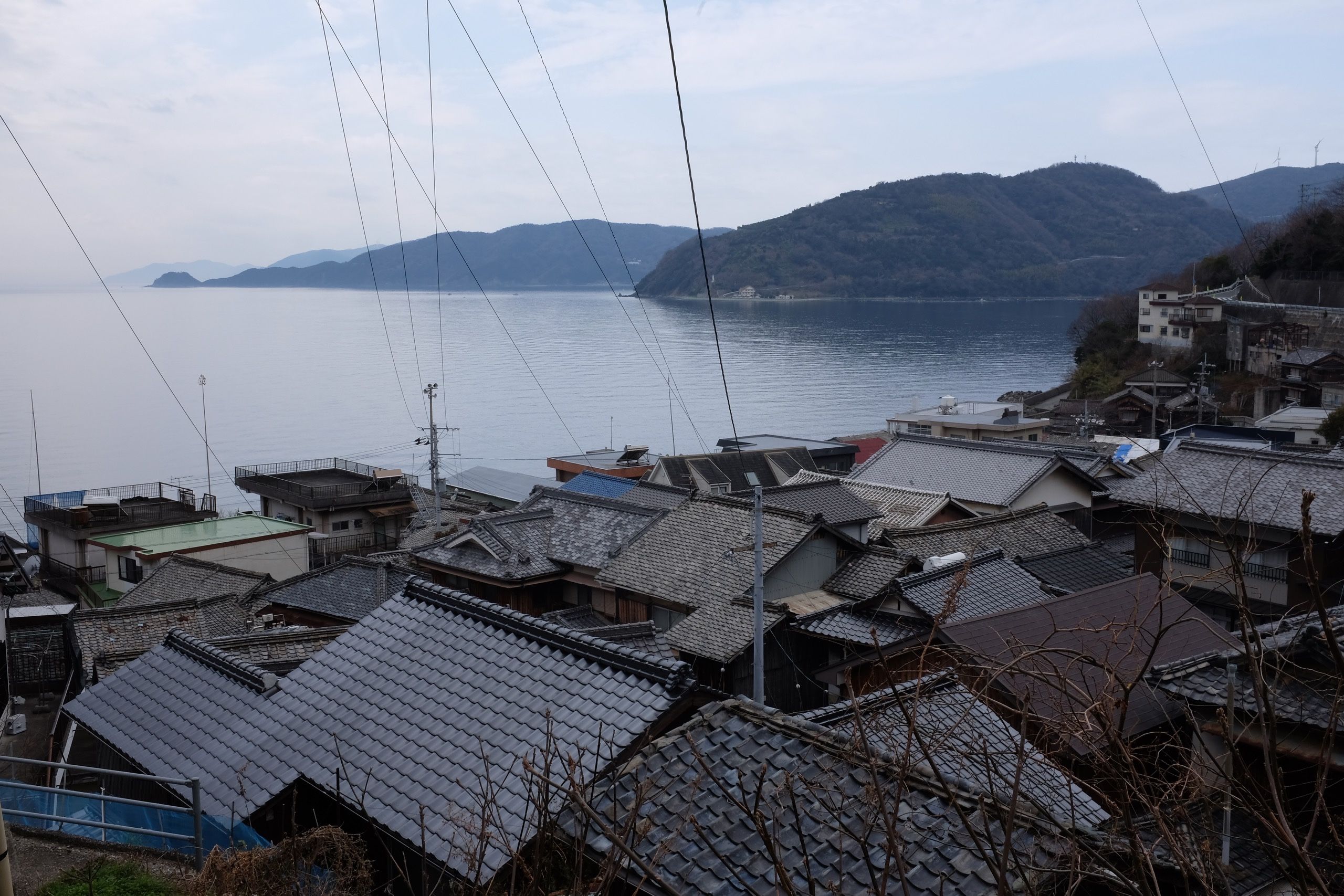
The layout of every Japanese fishing village I’ve ever seen, Ōhama of Nishiuwa being no exception, is the architectural representation of a platoon of Marines dropped on a particularly vile corner of Fallujah circa 2004.
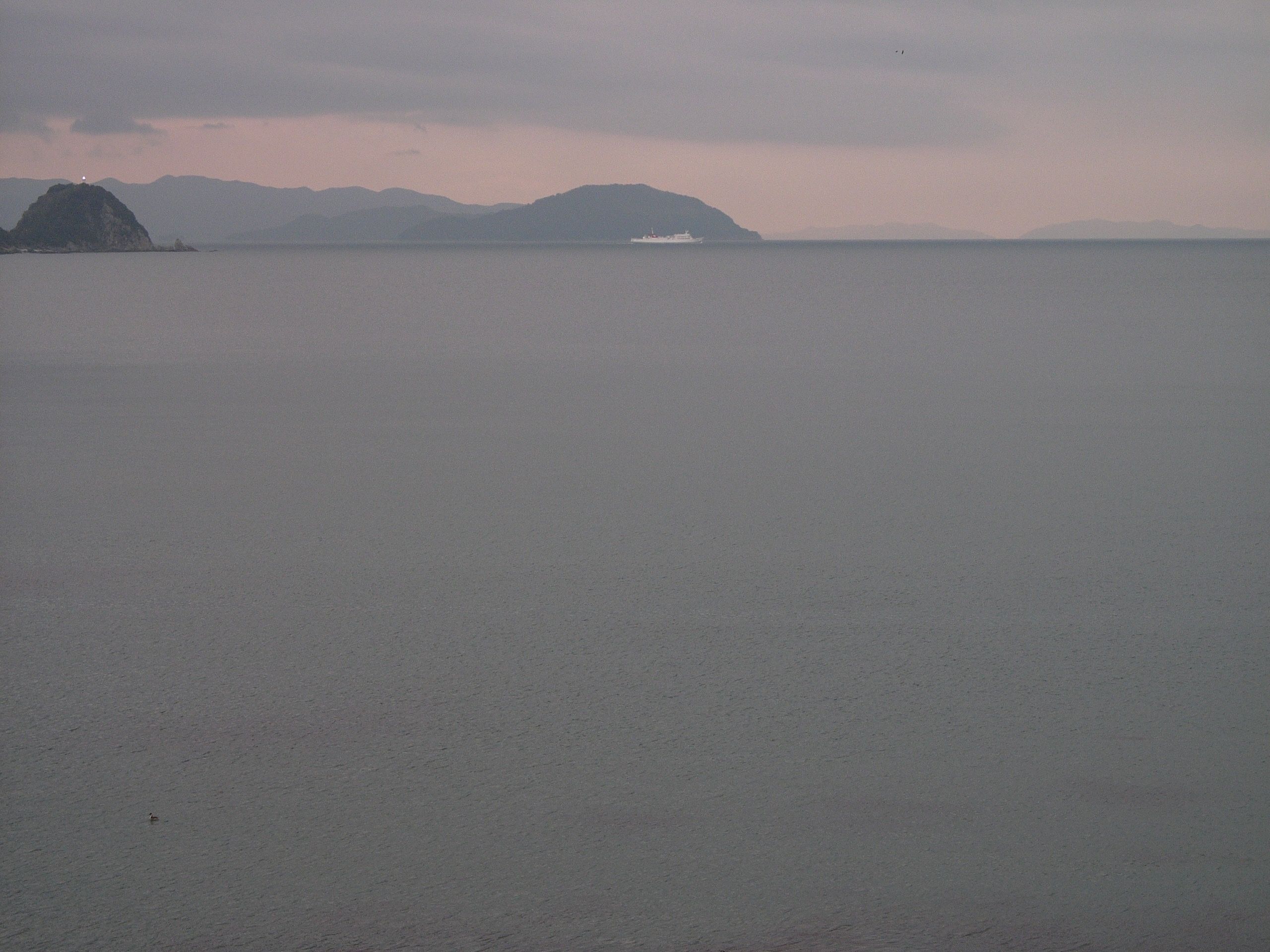
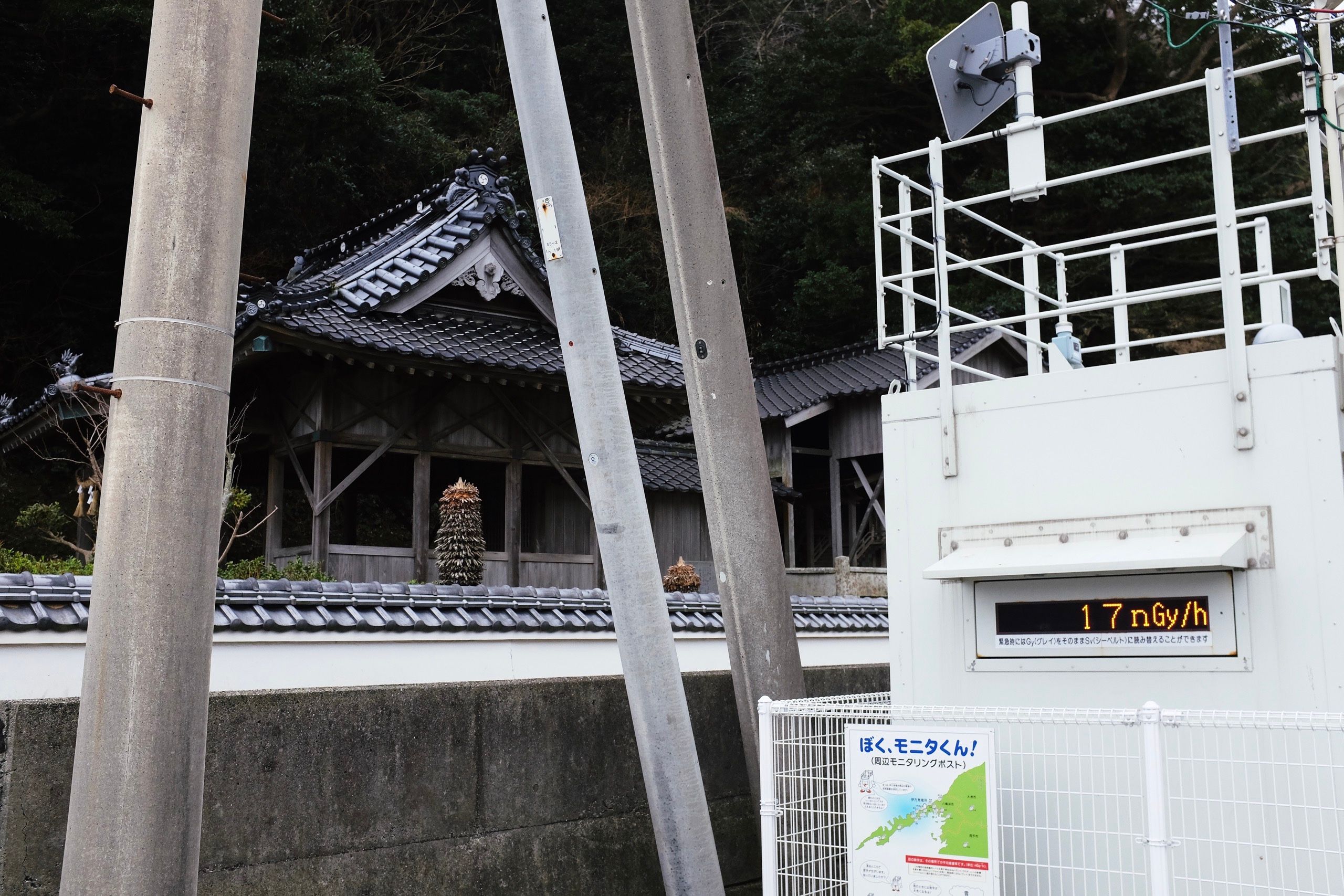
In Ikata, where Shikoku’s only nuclear reactor stands, I wondered about the psychological paradox of public radiation monitors. I first saw them two years ago, in the rump villages dotting the Hamadōri coast near the site of the Fukushima Daiichi nuclear disaster, showing levels of background radiation that were perfectly normal. The same was the case here in Ikata: 17 nanograys an hour corresponds to a yearly dose of 0.15 millisieverts — 10% of the average background radiation one will receive simply by living in Japan. Tl;dr: it’s nothing. But the mere presence of a radiation monitor in public makes the invisible presence of radiation manifest, and I wonder how it feels to be reminded daily of a physical phenomenon for which we have evolved no receptors.
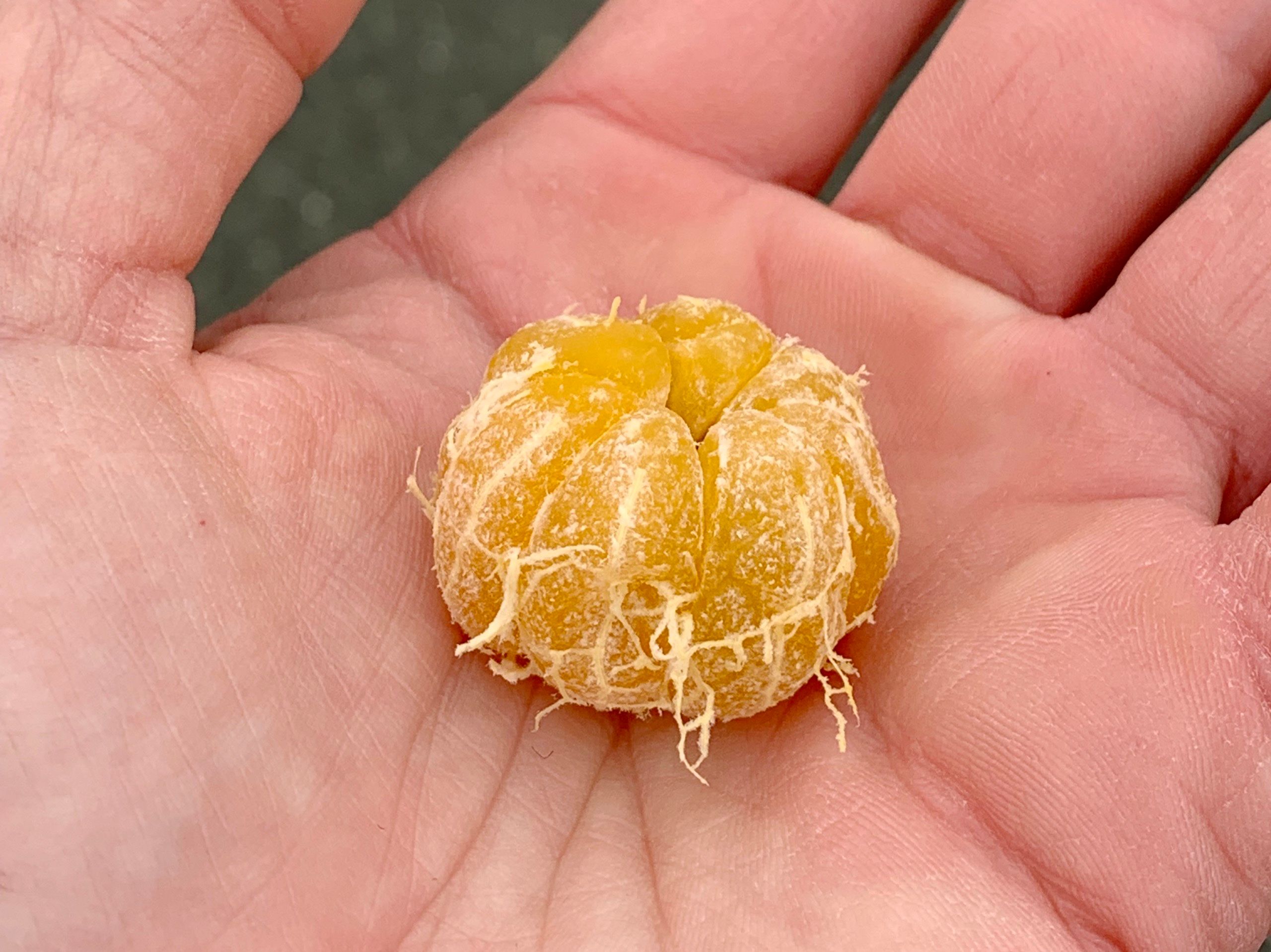
The number of highly specific words in Japanese for cultivars of citrus is second only to the Nuer vocabulary for shades and patterns and parity of cattle. This minuscule mikan was barely bigger than a fat Central European cherry, a prop from a Wes Anderson movie, and I peeled it in anticipation of the perfumed sweetness of a Sakurajima komikan, which it resembled, but it was watery and sour.

